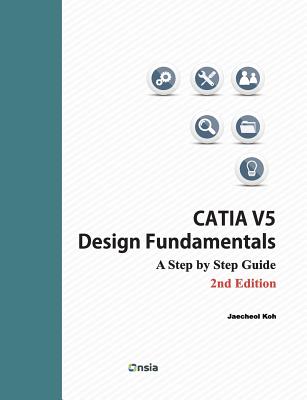CATIA V5 Design Fundamentals - 2nd Edition: A Step by Step Guide

CATIA V5 Design Fundamentals - 2nd Edition: A Step by Step Guide
PRP: 333.25 Lei
Acesta este Prețul Recomandat de Producător. Prețul de vânzare al produsului este afișat mai jos.
266.60Lei
266.60Lei
333.25 LeiLivrare in 2-4 saptamani
Descrierea produsului
Detaliile produsului









